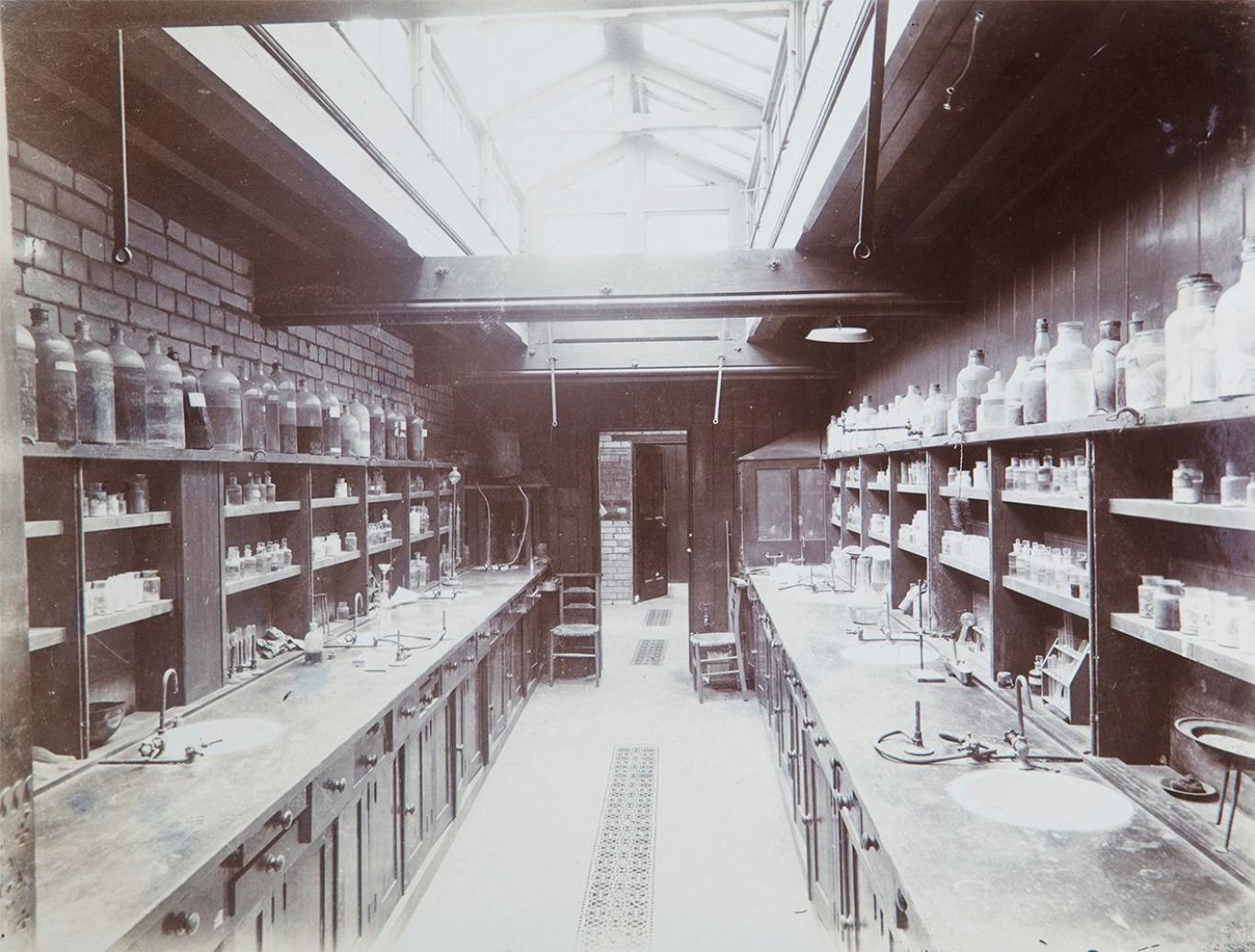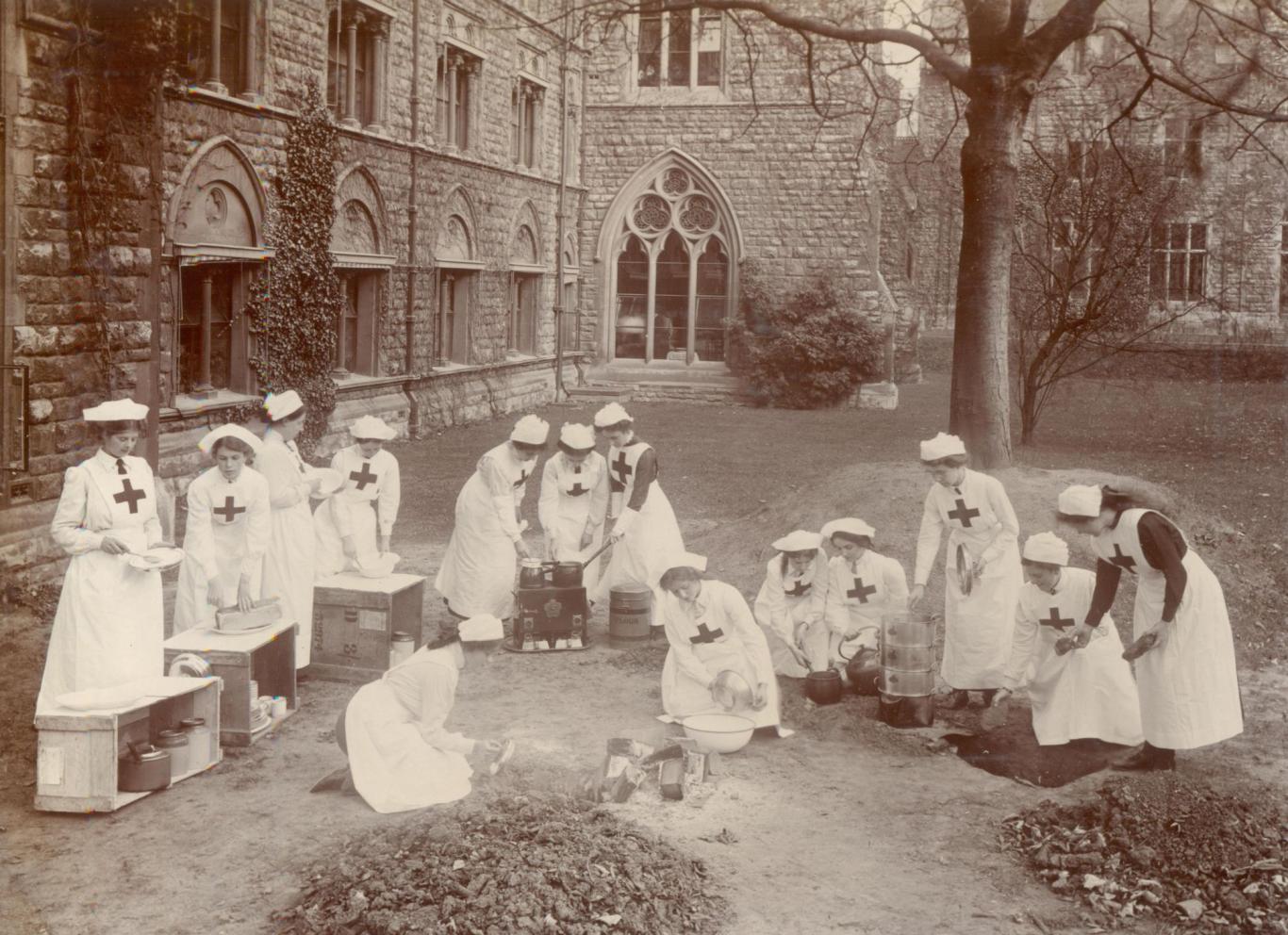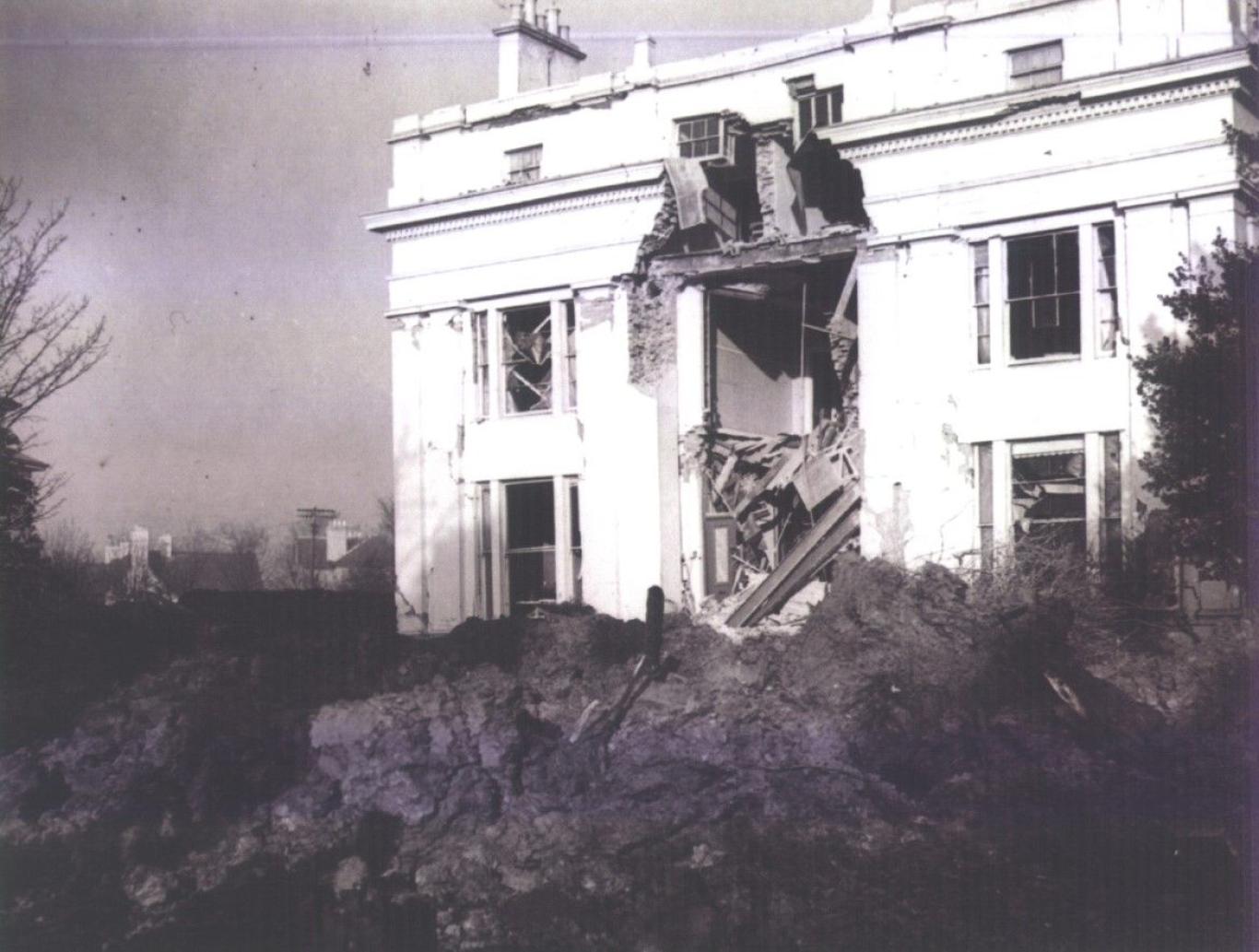
College has a fascinating and inspiring history, dating back to when the school was founded in 1853 with the goal of providing “a sound academic education for girls”. Our incredible collections are maintained and catalogued by the College Archive Department.
We have an outstanding collection of treasures, gathered by College girls and staff over more than 170 years. Our Archive contains about 4,500 books, thousands of photographs and examples of clothing and teaching equipment from the 19th, 20th and 21st centuries.
Contact our Archivist
If you have an enquiry relating to the history of CLC, you are invited to send your request to our Archivist. We receive many enquiries and although we will try, we cannot always answer immediately as it can sometimes take time to carry out the necessary research.
In our enquiries, it helps to have as much background information as possible. This is especially the case if it is information about someone who might have been at College, in which case details such as date of birth, alternative / maiden name (if applicable) and why you think they might have been at College, are all useful when trying to trace a particular name. Please include your email address and telephone number and we will contact you as soon as possible.
If you are a parent, pupil or Guild member, this service is free. Otherwise, if the search is successful, we ask for a fee of £10.00 to cover costs, including photocopies of documents if relevant. If we are unsuccessful, we will let you know and there is no fee
If you are more generally interested in the history of College, please follow @CLCArchive on Twitter for regular photos and snippets from the Archives.
Founded in 1853, Cheltenham Ladies’ College was established to provide “a sound academic education for girls”.
Initially, there were just 82 pupils, almost all of whom were day girls. In 1858, Dorothea Beale was appointed as Principal. Only 27 years old at the time, Miss Beale would go on to devote nearly 50 years of her life to College and it was under her leadership that College began to prosper.

In 1873, College moved to its present location, the site of the original Cheltenham Spa. Initially the site consisted of only a boarding house (previously boarders had resided with private landladies), the Lower Hall and a few classrooms, but as years went by the growth of the pupil roll and the need for specialised facilities prompted further expansion, including classrooms, music rooms, a library and laboratories.
Miss Beale introduced subjects such as maths and science, despite parental opposition that these were not suitable or necessary for girls, and promoted the fact that her pupils could gain qualifications.
External examiners were brought into College as early as 1863 and, over time, girls were encouraged to take public examinations, notably the Oxford Senior and the Cambridge Higher Local, which were broadly equivalent to today's GCSE and A Level qualifications. For those who wished to study further, Miss Beale also founded St Hilda's College, Oxford, in 1893.
As College grew, its reputation spread both in this country and, eventually, internationally. By 1900, the small and initially struggling day school had become a thriving community of over 1,000 pupils, with boarders, day girls and part-time students, studying from Kindergarten to Degree level. Miss Beale also established a teacher training school and by the end of her life in 1906, most of her teaching staff were former CLC pupils, as were 40 Head Teachers of girls' schools in Britain and around the world.
Lilian Faithfull, formerly President of the All-England Women's Hockey Association, was appointed Principal upon Miss Beale’s death.
Miss Faithfull did much to develop sport in College and introduced the first College uniform. She also had the difficult task of steering College through the First World War. With characteristic energy and pragmatism, she threw College into war work and converted one of the College boarding houses into a Red Cross hospital.

A College uniform was first introduced in 1912, but as a branch of the Red Cross was formed at College in 1910, pupils spent much of their time in their Red Cross uniform. As part of Red Cross training, they learnt how to make straw mattresses and run a hospital laundry. Students were entered for First Aid and nursing exams and by 1914 over 400 pupils held certificates. College laboratories prepared anaesthetics for the Royal Society War Committee and the Red Cross VAD hospital, St Martin’s, was run in a former boarding house and staffed mainly by students and staff, while alumnae raised funds to purchase a mobile X-ray unit.
Everyone studying at College was expected to help towards the war effort. Food shortages meant that feeding over 500 boarders on a daily basis was difficult and College became smitten with ‘Allotment Fever’ as many boarding house gardens and parts of the playing field were dug up to grow vegetables. All the pupils were responsible for helping with this, instead of playing all the sports usually available.
In many cases pupils volunteered to work at St Martin’s as soon as they left College. The Red Cross training they had done while studying was put to good use, as they tended the large numbers of wounded who arrived on an all too frequent basis from the battlefields of France and Belgium.
The period between the two wars saw more girls than ever considering careers and it was the task of Beatrice Sparks (Principal 1922 - 1937), to modernise the curriculum in line with the introduction of the School Certificate and Higher Certificate. The 1920s also saw the installation of electric light and limited heating. In 1935, College's continued success was marked by the granting of a Royal Charter; it was the first girls' school to receive this honour since Queen Anne's reign.
The 1940s saw many changes at College as the impact of WWII took hold. War was declared during the summer holiday on 3rd September 1939, leaving the Principal, Miss Popham, very little time to organise alternative accommodation for over a 1,000 pupils and staff before the War Office requisitioned the College buildings.

The only buildings left for the College to use were the Principal’s residence and the swimming baths. In order to continue the girls’ education, the swimming baths were temporarily boarded over to become ‘Lower Hall’, housing many classes at once. Miss Popham’s study was situated in the towel cupboard and the changing cubicles became places for private study. More classrooms were created by establishing a circle of eight wooden huts on the playing field and the sports pavilions were converted into laboratories. Buildings around the town were also rented and used as boarding houses.
Cheltenham had some frightening air raids during the Second World War, with pupils sheltering in a tunnel that ran between West Wing and the Princess Hall. Bayshill Lawn House on Parabola Road, fortunately unoccupied, was the only house at College to receive a direct hit in December 1940. The building had to be completely demolished.
Former pupils volunteered for the Auxiliary Territorial Service, Women’s Royal Naval Service and Women’s Royal Air Force Service, or worked as cooks, drivers, clerks or nurses in France. Many also found employment in Government departments and places such as Bletchley Park.
The war came to an end in 1945, a year that also saw the closure of College’s Kindergarten and Junior School, when it was decided to make 11 the age of entry. Rationing was still in place in 1946, meaning the girls used clothing coupons towards their uniform as they learnt how to adapt to post-war Britain.
With the passing of post-war restrictions and shortages there was renewed scope for development and modernisation in College. The 1950s and 1960s saw refurbishment and the addition of new Science laboratories, along with the introduction of the Duke of Edinburgh scheme, work experience and community service. The curriculum continued to develop and in the 1980s Computer Science was also added.

The College estate saw many changes throughout the second half of the 20th century. The tenure of Margaret Hampshire (Principal 1964 - 1979) saw the building of the Sixth Form block opened by HM The Queen Mother in 1971, whilst Joan Sadler (Principal 1979 - 1987) oversaw the opening of two boarding houses. In 1994, under Enid Castle (1987 - 1996), College's sports facilities were improved with the addition of a synthetic hockey pitch, a new sports hall and a modern swimming pool, while a purpose-built Art and Technology Block opened two years into the tenure of Vicky Tuck (Principal 1996 - 2011).
Since the turn of the 21st century, College has continued to develop and follow in the innovative and pioneering footsteps of College’s early Principal, Dorothea Beale. The International Baccalaureate Diploma (IBD) was introduced into the Sixth Form curriculum during Mrs Tuck's tenure, and The Parabola Arts Centre with a 325-seat auditorium, gallery and teaching spaces, opened in 2009 to further enrich the artistic and dramatic life of College and the community.
More recently, under our current Principal, Eve Jardine-Young, the 2015-16 academic year saw Engineering added to the curriculum, with the launch of a new Engineering, Enterprise and Technology Department, and the introduction of a formal Wellbeing Programme to help prepare girls for the challenges of the current generation.
Following this, the new Health and Fitness Centre was opened in 2018. The facilities include two sports halls, a climbing wall, a refurbished 25m swimming pool, a multi-purpose activity studio, dance studio, five squash courts and a 58-station fitness gym with free weights, spin, rowing and erg areas.
Cookies
We'd like to set cookies to understand how you use this site. We use services such as YouTube, Flockler and Hireroad that may also use third party cookies.
For more detailed information, see our Cookies Policy.
Essential Cookies
We use these for core functionality, such as storing this cookie consent preference. These are loaded automatically and cannot be disabled by the user.
Analytics Cookies
We use Google Analytics to track visits to our website and how users interact with our website. This helps us improve the way our website works.
Personalised Advertising Cookies
We use Google Ads Conversions & Facebook Pixel to measure how you use and interact with our website and with our advertisements.
Our Partners Cookies
These cookies may be set by third party websites and do things like measure how you view videos or other content that is embedded on our site.
